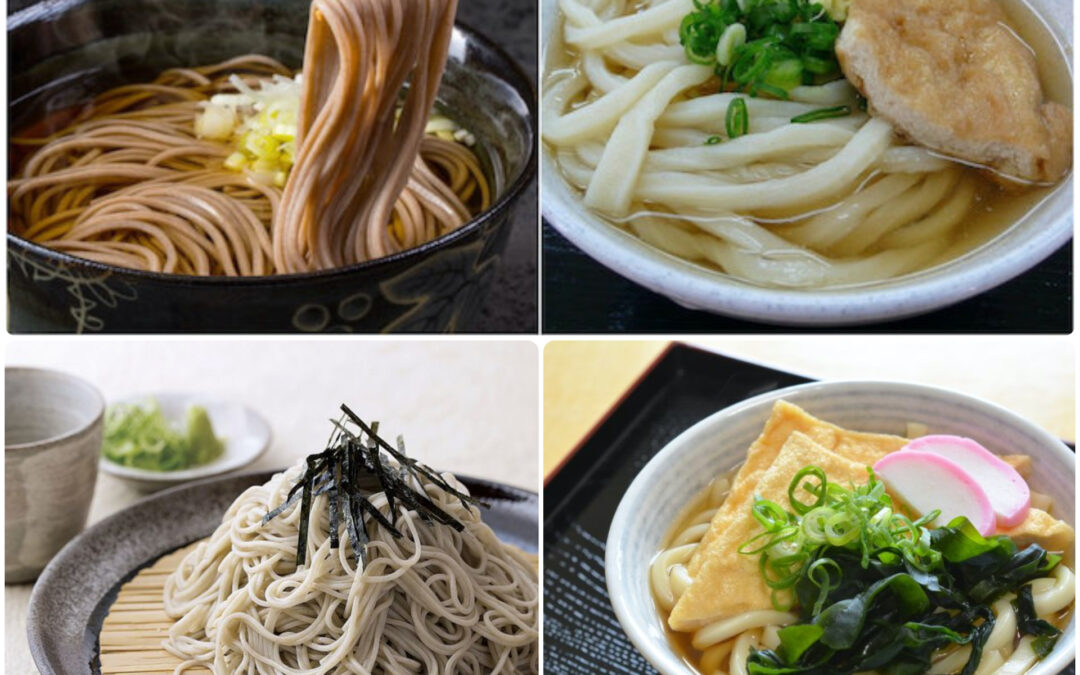
by Elizabeth Andoh | Dec 21, 2024 | Culture, Holiday, Kitchen Culture, Year-Round
Year-Passing SOBA… New Year-Welcoming UDON The Japanese bid farewell to the current year by slurping l-o-n-g noodles at midnight. Though most areas of Japan eat soba, calling the noodles toshi koshi (year-passing), those hailing from the Sanuki region eat udon....
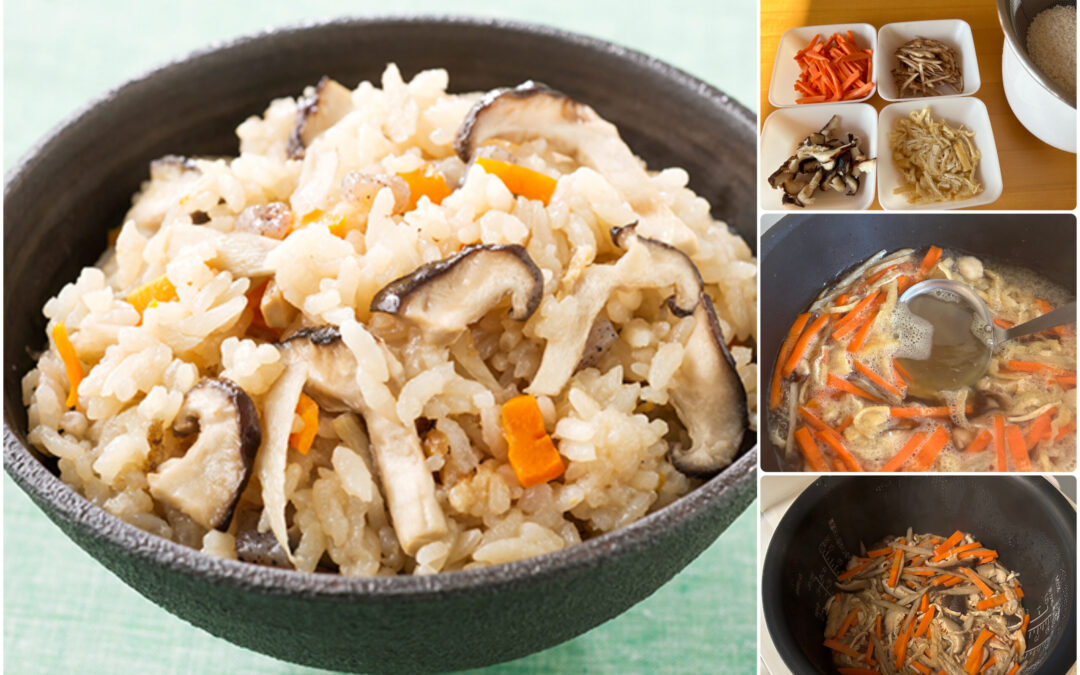
by Elizabeth Andoh | Nov 19, 2024 | Kitchen PROJECTS, Year-Round
Vegetables cooked into RiceKayaku (Takikomi) Gohan加薬 (炊き込み) ご飯 In different parts of Japan, rice that is cooked in a flavored liquid with a variety of ingredients (that went to flavoring that liquid) goes by various names. The most generic is takikomi because it...
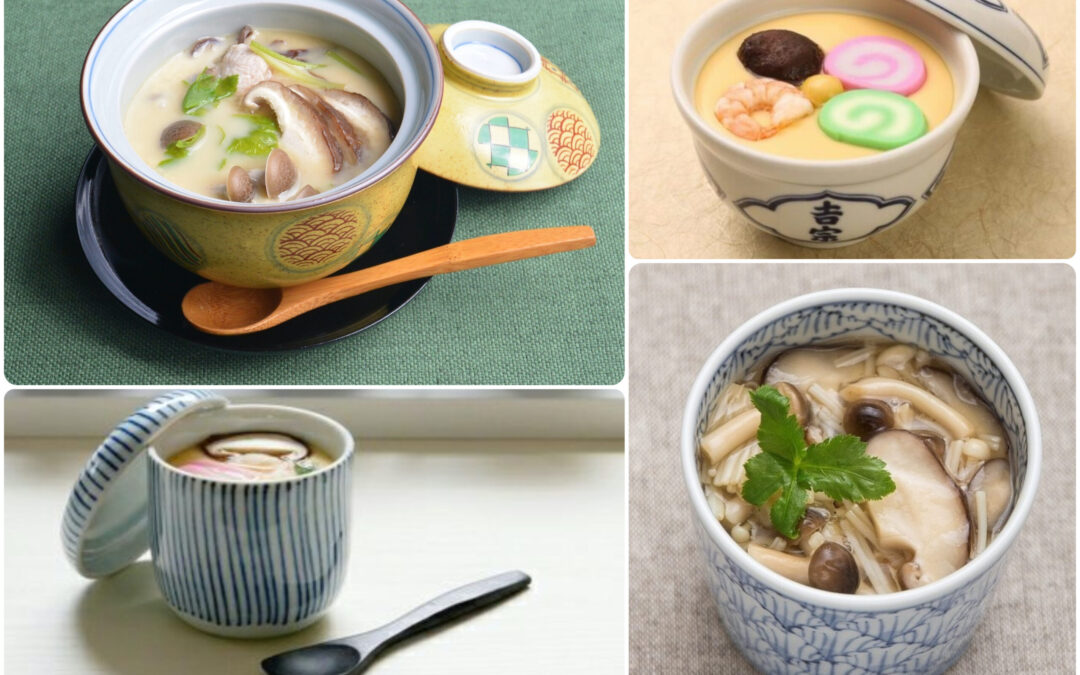
by Elizabeth Andoh | Oct 18, 2024 | Kitchen Culture, Year-Round
Silky, savory egg custards called CHAWAN MUSHI 茶碗蒸し are served in cups with a spoon. The egg and dashi mixture is delicately seasoned with mirin and light-colored soy sauce. Various tidbits such as mushrooms, ginko nuts, chicken, shrimp or kamaboko (fish sausage) can...
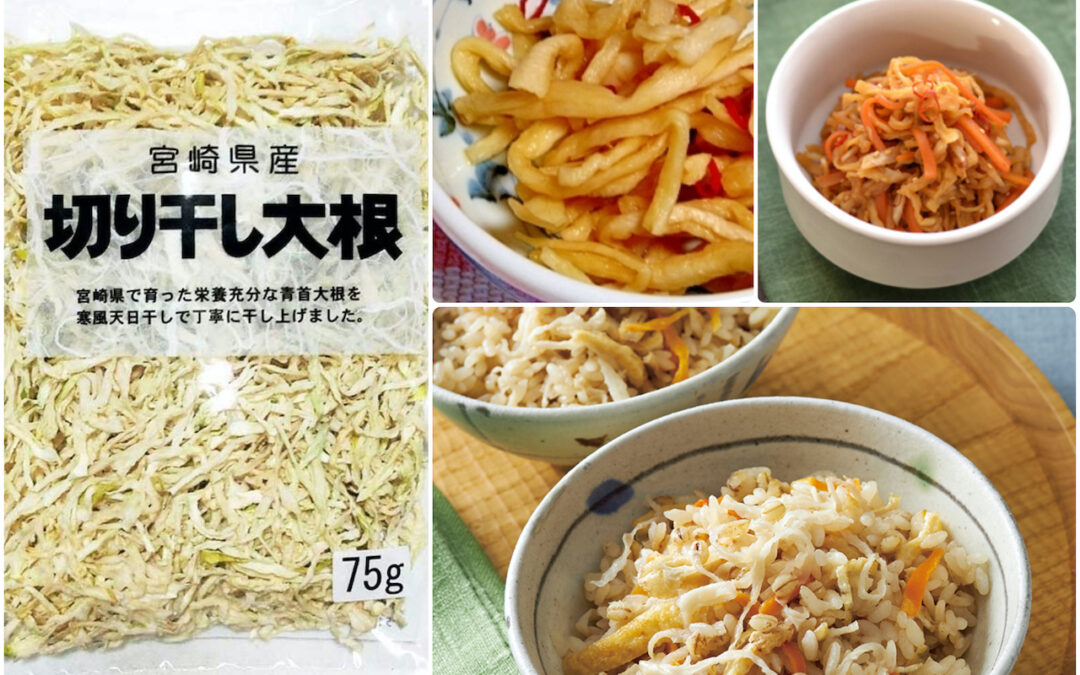
by Elizabeth Andoh | Mar 16, 2024 | Kitchen PROJECTS, Year-Round
Cooking with KIRIBOSHI DAIKON in your kitchen. This versatile ingredient can be used in soups, pickles, rice dishes and a variety of sides, too. Here are a few recipes to get you started: Kogane Meshi, a takikomi-style rice dish Granny’s Sun-Dried Radish, a...
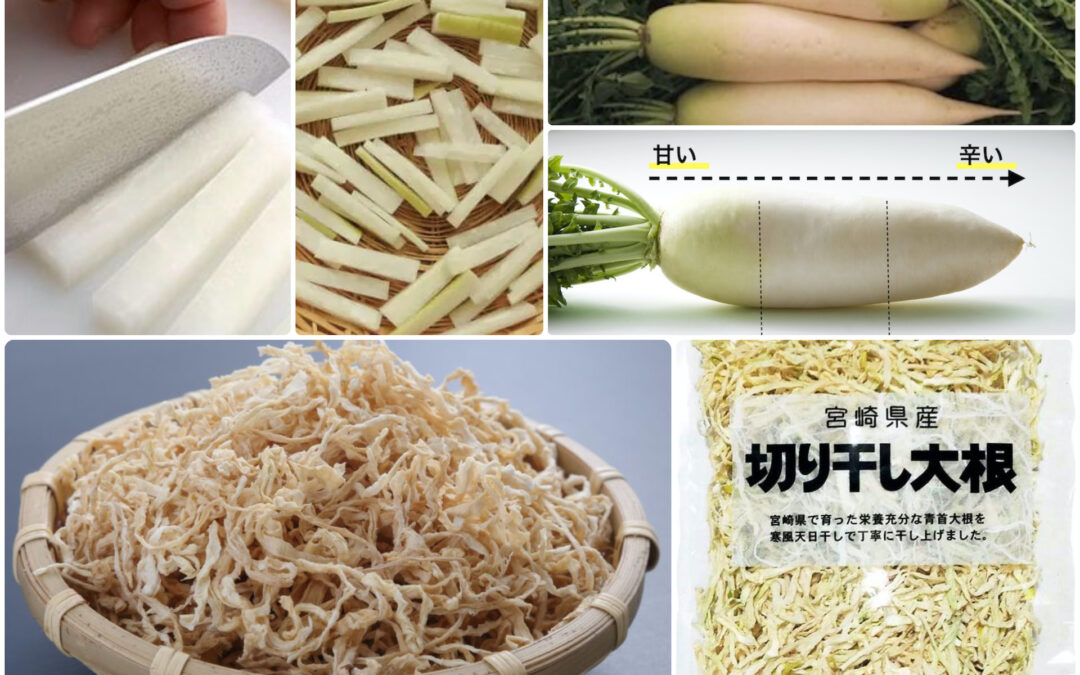
by Elizabeth Andoh | Mar 16, 2024 | Kitchen Culture, Year-Round
Before refrigeration became widely available, pre-modern societies struggled with keeping fresh food from spoiling. A variety of ingenious techniques were developed throughout the world, including drying fresh foods in well-ventilated shade. In Japan, the resulting...

by Elizabeth Andoh | Feb 4, 2024 | Kitchen Culture, Year-Round
Fermented Fish Sauce 魚醤 Fermented fish sauces can be found in many parts of the world, most having been produced for thousands of years. It is unclear whether each was an independent “discovery” or whether they influenced each other by way of shared...
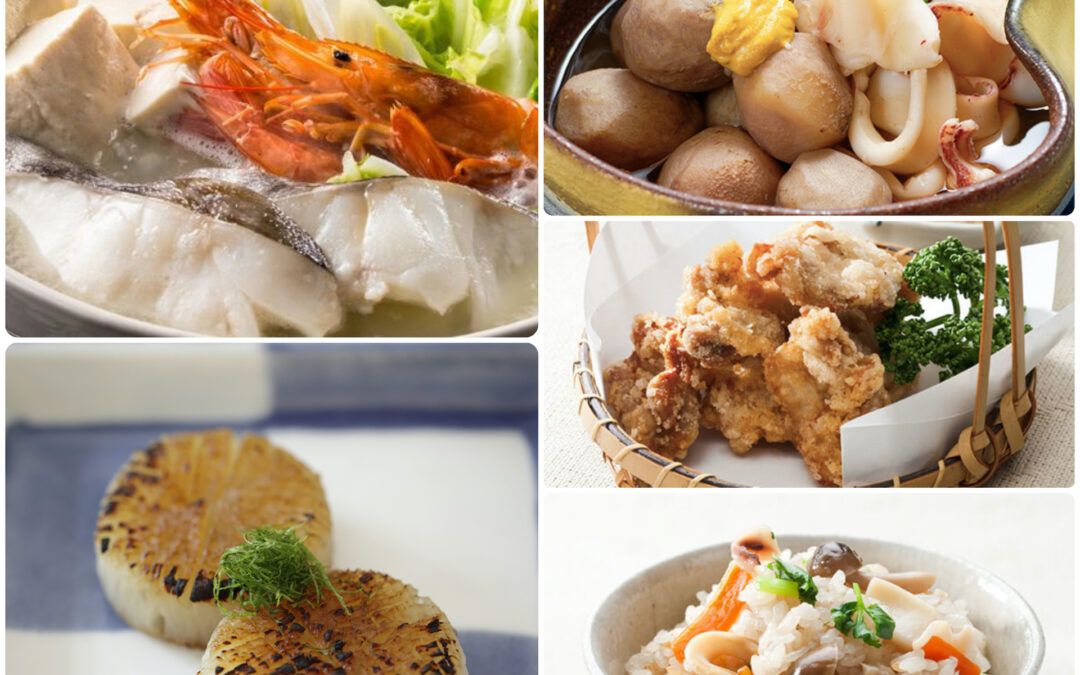
by Elizabeth Andoh | Feb 4, 2024 | Kitchen PROJECTS, Year-Round
Five ways to use fermented fish sauce There are lots of ways of using fish sauce. Here are a few popular examples: (top, left) NABÉMONO (hot pots that get assembled ahead and simmered at table) are often made with a seasoned broth. IKANAGO NABÉ seasoned with funky...
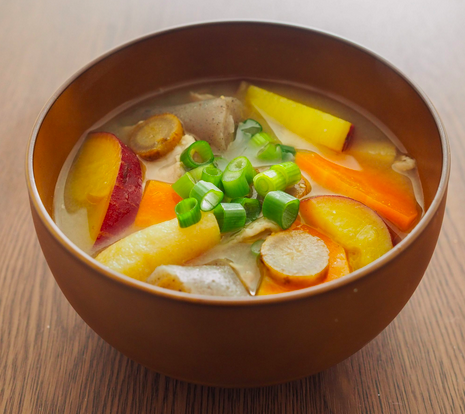
by Elizabeth Andoh | Jan 8, 2024 | Kitchen Culture, Year-Round
An Honorable Bowl of Soup The Japanese have several words to describe their ubiquitous soup seasoned and enriched with miso. The prosaic miso shiru 味噌汁 is a generic word meaning “miso-thickened broth” while miso ji-daté 味噌仕立て is a functional, culinary term...
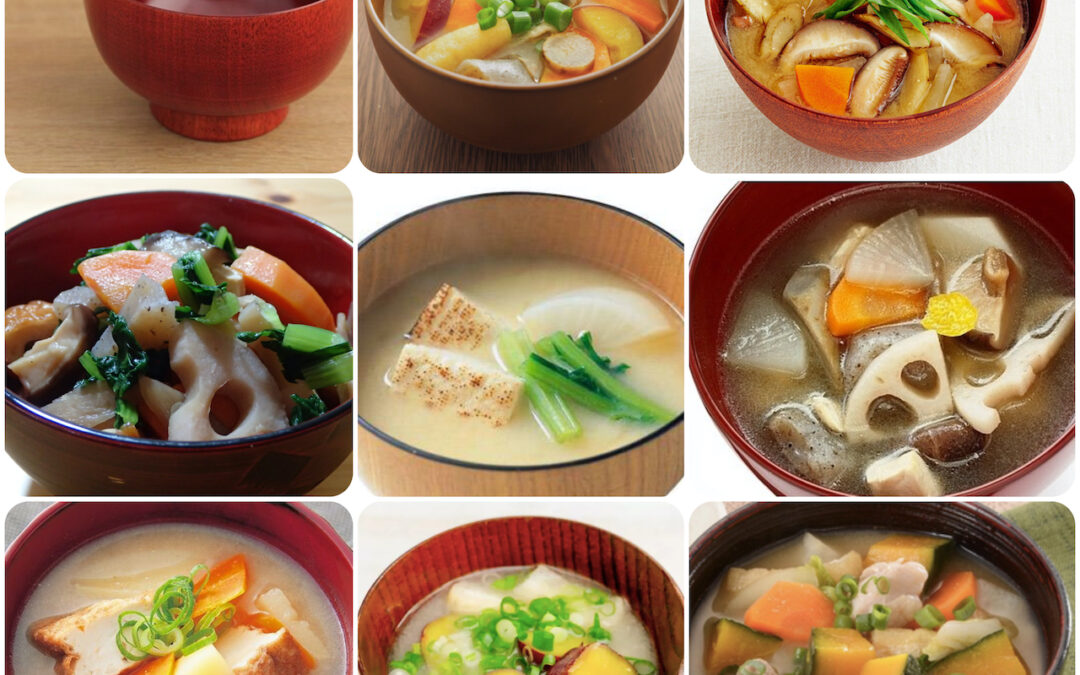
by Elizabeth Andoh | Jan 8, 2024 | Kitchen PROJECTS, Year-Round
PROJECT Miso Soup In most Japanese households, miso soup is served daily, often as part of breakfast, though it could just as easily appear at lunch or dinner. Most Japanese have strong regional preferences when choosing what miso to use (details posted to Kitchen...

by Elizabeth Andoh | Nov 3, 2023 | Kitchen Culture, Year-Round
In Japan today, two types of Western-style potatoes are regularly enjoyed: mékuin (May Queen) and danshaku (“Baron”). The former was developed in Great Britain at the beginning of the 20th century and made its way to Japan via America shortly thereafter....
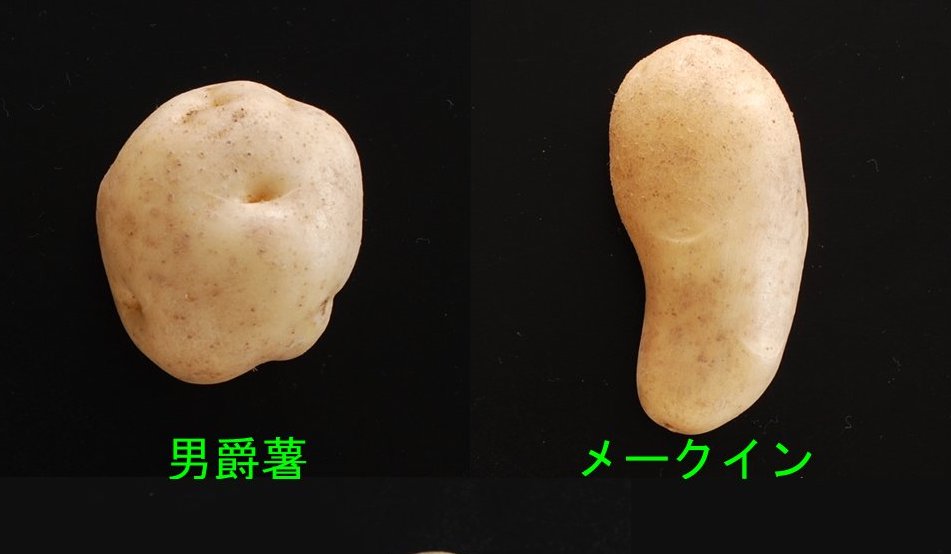
by Elizabeth Andoh | Nov 3, 2023 | Kitchen PROJECTS, Year-Round
PROJECT Potato Most white-fleshed potatoes generally fall into either of two categories: fluffy OR waxy. Fluffy potatoes are high-starch and tend to crumble when simmered; they are perfect for mashing, and when making korokke (croquettes). The Japanese often describe...

by Elizabeth Andoh | Sep 4, 2023 | Kitchen PROJECTS, Year-Round
PROJECT TAKIKOMI GOHAN Takikomi-style rice dishes are cooked in a flavorful stock extracted from the ingredient being featured (in this case, MUSHROOMS). Takikomi rice is truly a delicious way to enjoy seasonal bounty. Download a recipe for KINOKO GOHAN to get...
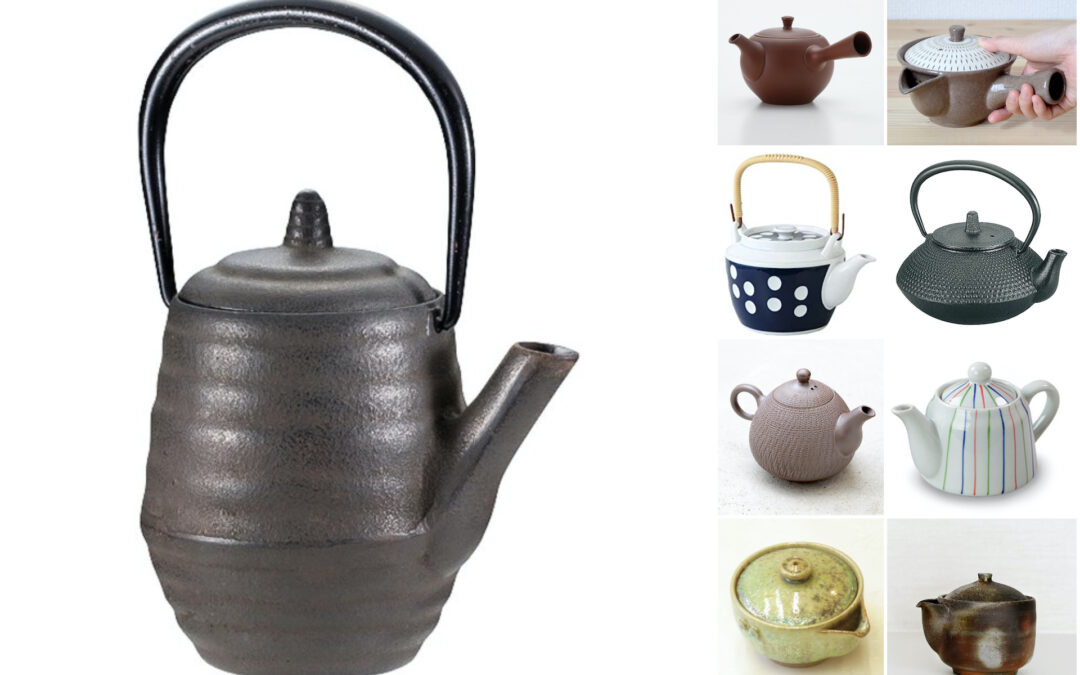
by Elizabeth Andoh | May 18, 2023 | Kitchen Culture, Year-Round
The Japanese use a wide variety of tools and vessels to prepare and serve food and beverage. This post is devoted to TEA POTS called KYŪSU 急須. They are typically small, used to brew just a few portions of tea (each about 100-120ml/scant 4 fluid ounces) at one time....
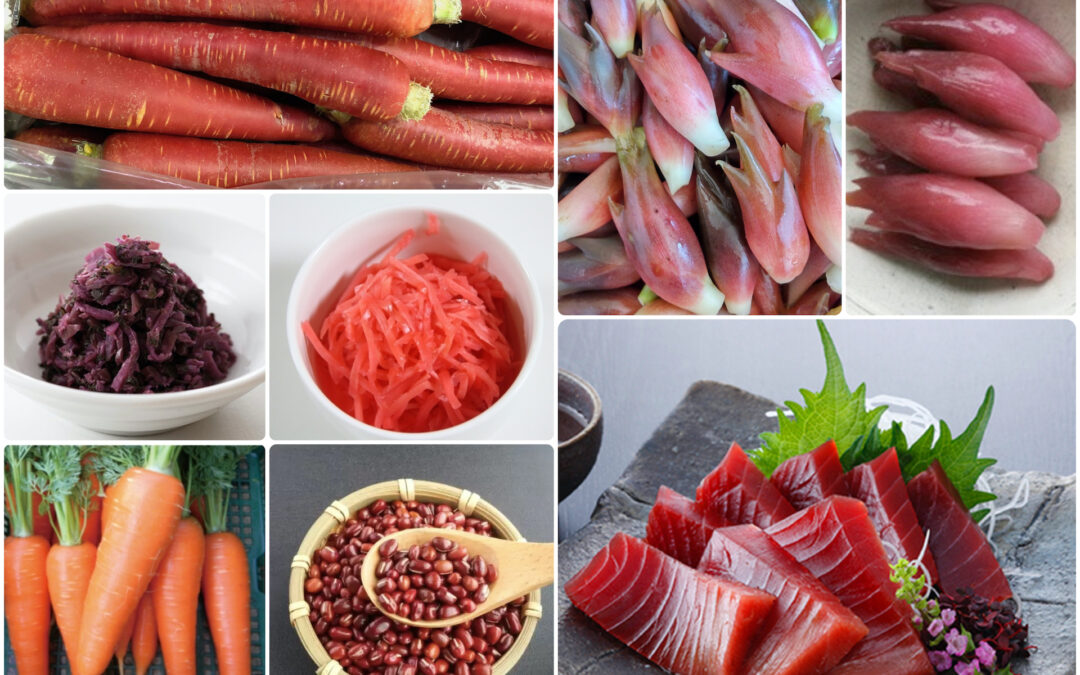
by Elizabeth Andoh | Mar 30, 2023 | Kitchen Culture, Year-Round
Foods in a wide range of hues are considered to be “RED” in the Japanese kitchen. To name just a few, there are (orange) carrots, (ruby-red) slices of raw tuna, (maroon) adzuki beans, (purplish) shiba-zuké eggplant pickles, (crimson) beni shōga (red...
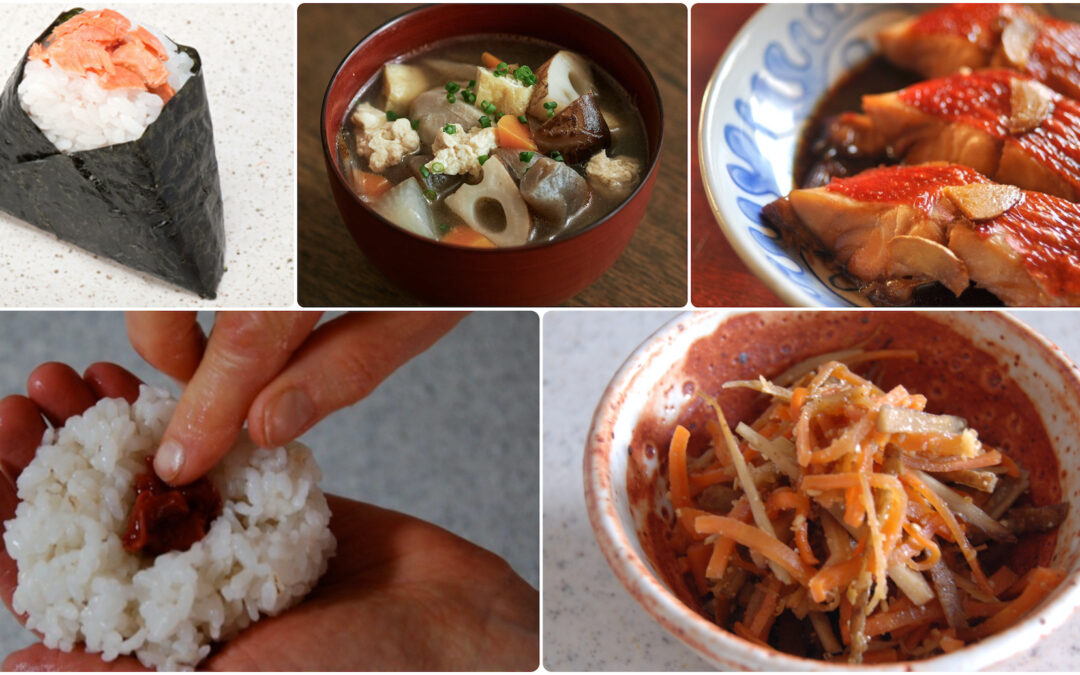
by Elizabeth Andoh | Mar 30, 2023 | Kitchen PROJECTS, Tabletop, Year-Round
Recipes for Red Foods Generations of Japanese have been well nourished daily by modest meals following a simple pattern: soup, rice, and a few other dishes. This easy-to-compose menu model called ichi jū san sai (一汁三菜 ) that satisfies hunger while fulfilling...

by Elizabeth Andoh | Feb 28, 2023 | Kitchen Culture, Year-Round
NAGA “long” NEGI “onions” (Japanese bunching onion; Allium fistulosum) have been enjoyed in Japan since the 8th century. They are indispensible in nabé (hot pot) cookery, as a condiment for noodles and tōfu, and in miso soup. Like other members of the allium family,...
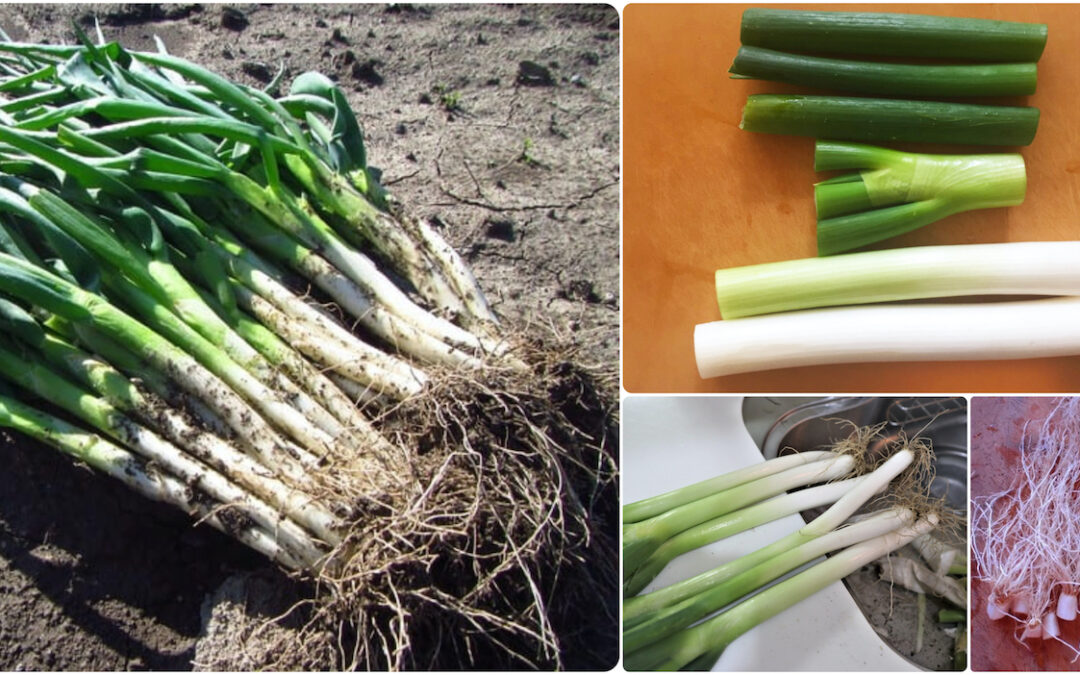
by Elizabeth Andoh | Feb 28, 2023 | Kitchen PROJECTS, Year-Round
NAGA NEGI・長葱 Indispensible in nabé (hot pot) cookery, as a condiment and in soups all parts of naga negi (Allium fistulosum) are edible. Plan from the start to use the plant fully. If your naga negi have roots attached, wash them thoroughly to remove all the dirt that...
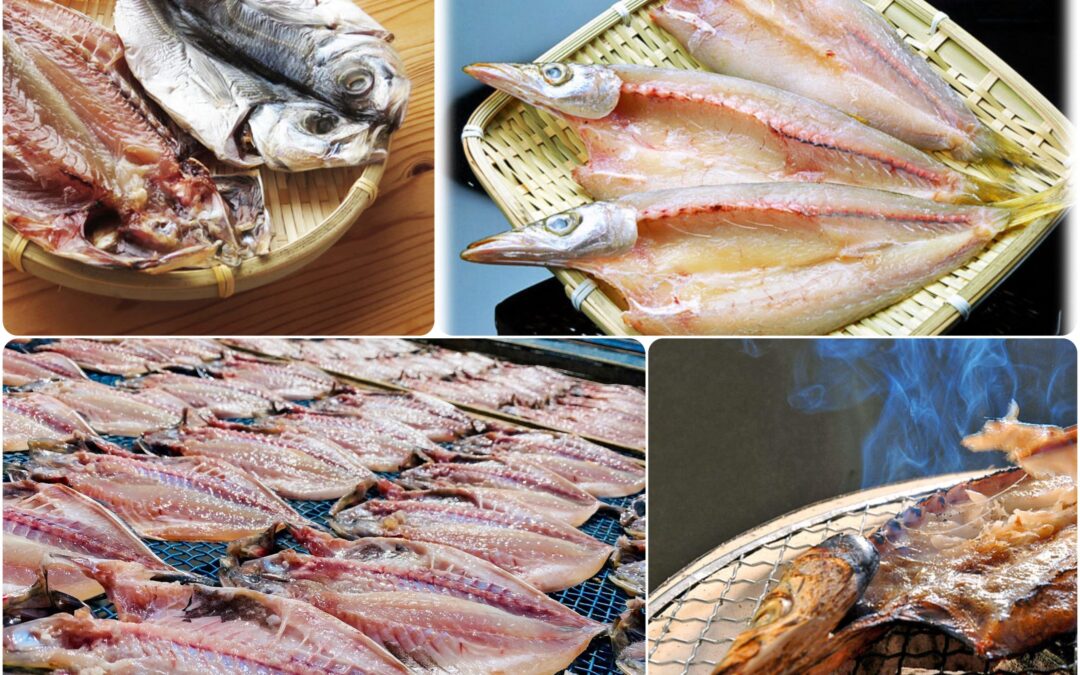
by Elizabeth Andoh | Dec 7, 2022 | Kitchen Culture, Year-Round
Ichiya-Boshi: Overnight-Dried FISH In the days before refrigeration, bountiful catches of fish were traditionally gutted, either split down the back or butterflied (belly-split), and dipped in sea water before being set out to dry in well ventilated spaces. This would...
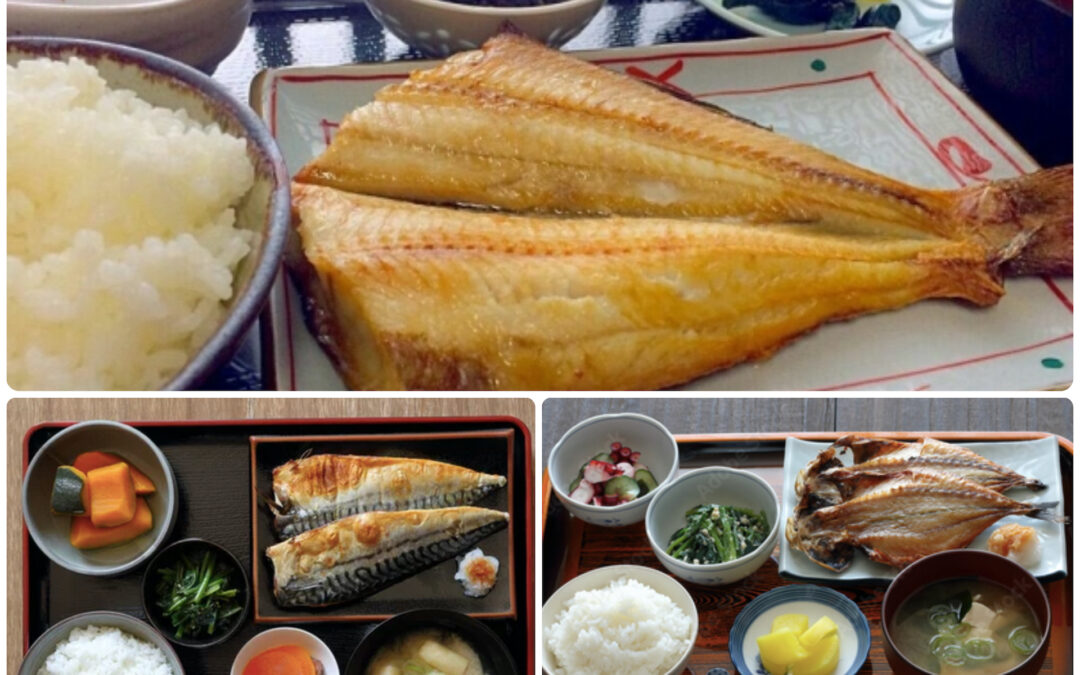
by Elizabeth Andoh | Dec 7, 2022 | Kitchen PROJECTS, Year-Round
Making a Home-Style Meal featuring ichiya-boshi Traditionally, bountiful catches of fish were gutted, salted, and set out to dry in order to extend their shelf life. The generic term for these sorts of fish is himono, literally “the dried thing,” though these...

by Elizabeth Andoh | Nov 11, 2022 | Kitchen PROJECTS, Year-Round
PROJECT Adzuki: Sweet & Savory The adzuki bean 小豆 plays a prominent role in Japanese cookery, especially in the making of sweets… though savory dishes also abound. This Kitchen PROJECT is about exploring the many possibilities. I provide one sweet recipe...





















